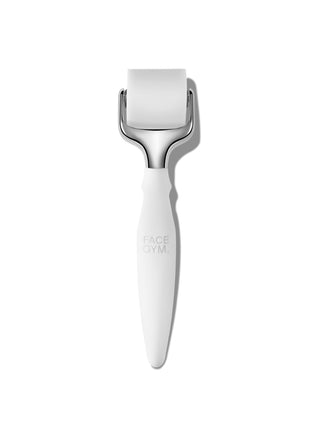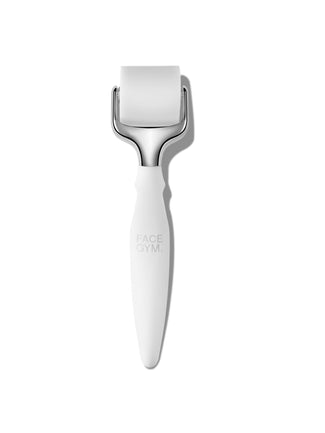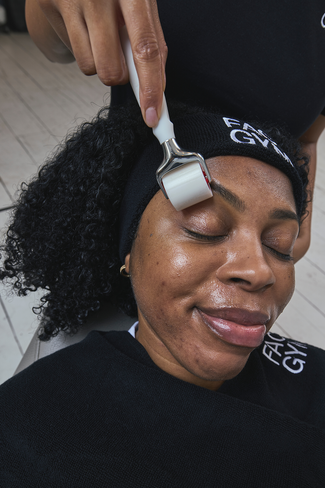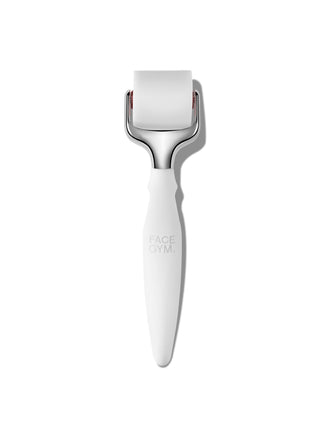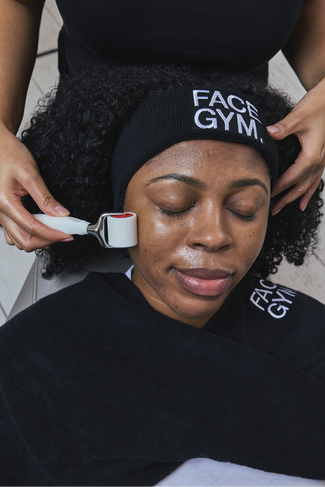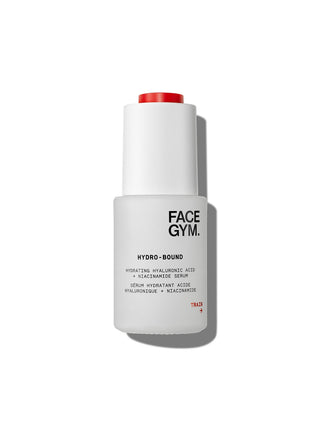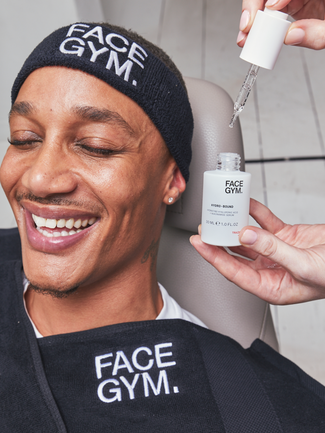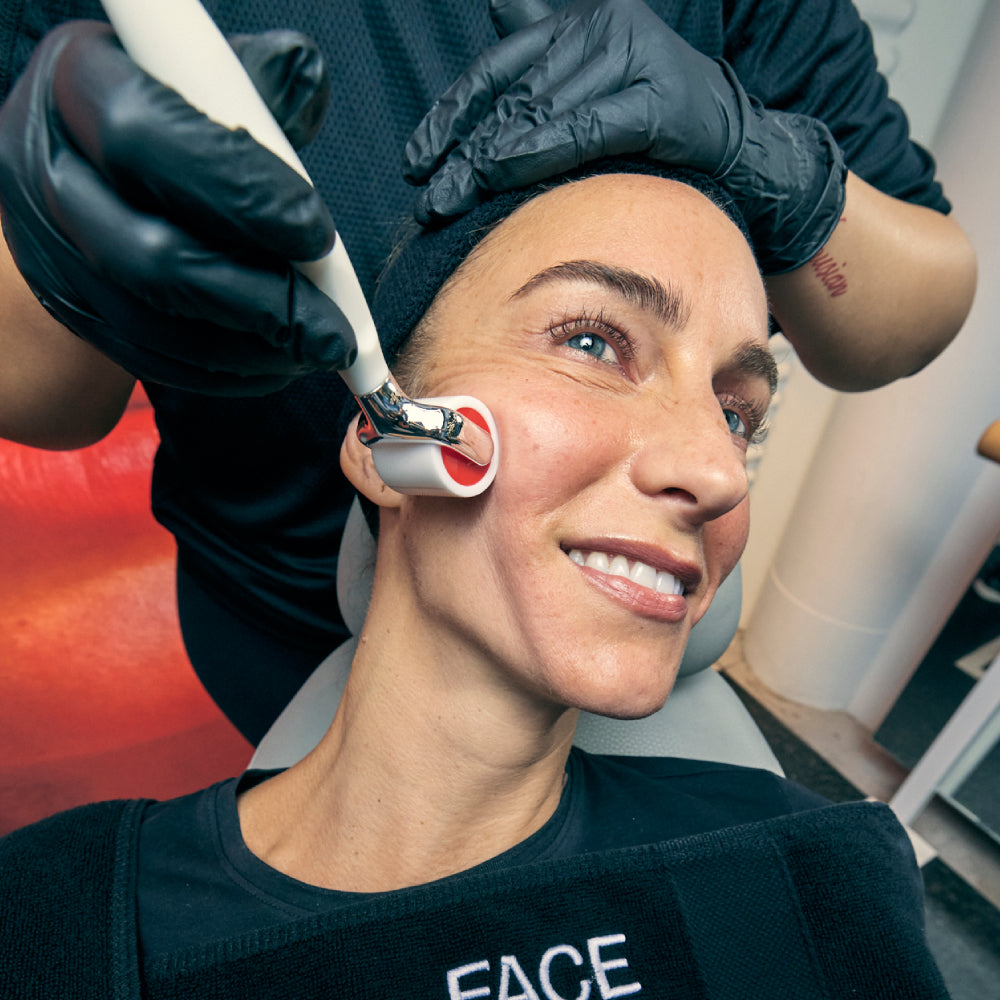
Getting Rid of Acne Scars
The war against acne may have been won, yet often the battle scars remain. Acne scars and red patches can be visible on skin for months – or even years – after blemishes have retreated. From laser, micro-needling and peels, to skincare saviours, there’s a myriad of solutions to help fade acne scars into your past.
Before diving headlong into a solution, it’s important to first ensure that all active acne blemishes are completely cleared (or treatments can further irritate and damage the skin), and then determine what kind of scarring you have. Generally speaking, there are two groups of acne markings - acne scarring and post-inflammatory hyperpigmentation. Both require a different approach when it comes to fading.
What are acne scars?
These typically show up in the area where the blemish originally appeared. Scars occur when excess collagen forms under the surface layer of the skin in one particular area, leaving it rough and uneven, particularly if you’ve broken the cardinal rule of not touching, scratching or squeezing spots before they’ve had the chance to heal. Guilty? Don’t feel so bad, almost everyone has done it.
Before we look at how to treat acne scars it can be helpful to understand the different types of acne scars:
Atrophic scars
Atrophic scars tend to be the most common form of acne scarring and are indented scars where the skin tissue hasn't regenerated following a breakout.
There are three main types of atrophic acne scars: icepick scars, which resemble deep pores, boxcar scars, which are larger with flat bottoms and defined sides, and rolling scars, which are scars without defined edges usually found on the cheeks.
Hypertrophic scars
Hypertrophic acne scars appear as raised scars on the skin and are often the result of excessive growth of fibrous tissue in the area of the original acne lesion.
Keloid scars
Similar to hypertrophic scars, a feloid scar is a raised scar, but it is usually larger than the original acne lesion that caused it.
What is post-inflammatory hyperpigmentation?
Unlike acne scars, post-inflammatory hyperpigmentation is the appearance of darker skin, which is a result of increased levels of melanin leaving a dark or reddish stain on the skin. So while pigmentation is not a scar, it can give the visible effect of scarring.
So, how can we fade acne scars now?
Anyone looking for help treating acne scars has a number of options. If you’re seeking the dermatologist route, micro-needling is often very effective. By making micro wounds in the skin, the production of collagen and elastin is stimulated, producing new, healthier skin cells that smooth out the skin’s surface. Looking for an at-home solution? Try FaceGym's Active Roller Microneedling Tool which combines the power of pro-grade hyaluronic acid with micro-needling delivery.
Radio Frequency treatments are also extremely effective at tackling acne scarring. Try FaceGym's Radio Frequency Workout which combines FaceGym's Signature Sculpt Workout with full-face radio frequency. This is the ultimate session for skin tightening and facial rejuvenation. Radio frequency (heat energy) stimulates collagen and elastin production to increase cell turnover and immediately plump, tighten and lift skin. The results are visible - reduced puffiness, more even skin tone and texture.
Niacinamide for acne scars
Niacinamide (aka Vitamin B), can whip almost any skincare concern (including scarring and acne) into extinction. Niacinamide strengthens the skin’s lipid barrier by increasing the production of ceramides. Ceramides band together to form a protective layer that locks in the moisture skin needs to look plump and even, and lock out environmental pollutants that exacerbate the appearance of scars and pigmentation. Niacinamide is also the master of cell communication. It tells skin cells to turnover more quickly, making better, healthier versions of themselves to smooth out your complexion. Oils and serums infused with Niacinamide work wonders on scars as they both stimulate the production of collagen and boost hydration for a plumper, more even skin texture and tone.
Vitamin C for acne scars
Vitamin C is not only a must-have to brighten, tighten and bring back your glow; it’s highly effective at fading hyperpigmentation. How? Vitamin C triggers your body’s natural response to heal itself by stimulating the production of collagen. New skin cells are free from melanin that create dark spots and patches. Vitamin C helps to prevent new dark spots from forming in the future by stopping environmental damage from reaching the skin.
The words ‘chemical peel’ or ‘acid peel’ may send you fleeing in the opposite direction. But don’t be afraid. Some acids are effective and gentle in the treatment of acne hyperpigmentation such as glycolic, lactic and mandelic acids. They are great for exfoliating the skin to fade discolouration. They work by dissolving the glue that binds dead skin cells together, allowing new, healthy skin cells to rise to the surface.
Vitamin A (retinol) is amazing at tackling scarring and pigmentation. It works by increasing skin cell turnover, so that healthier cells rise to the skin’s surface for a smoother, brighter complexion. Vitamin A is also extremely effective at removing dead skin cells that clog pores and dull the skin.
It goes without saying that using a broad spectrum sunscreen daily is essential to fading hyperpigmentation.
Acne scars may sometimes win the battle; but with a vitamin-rich skincare routine, you can definitely win the war.
